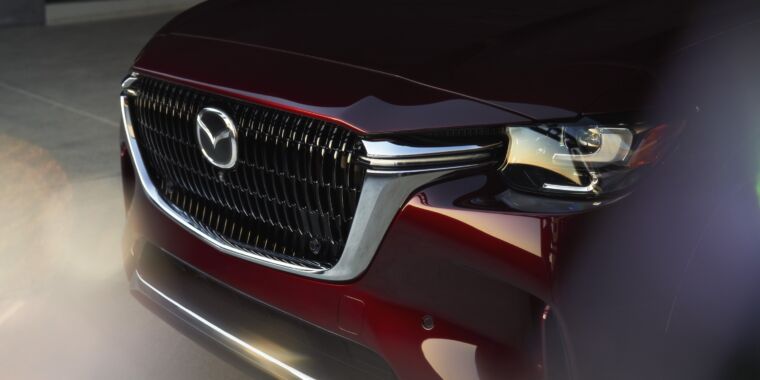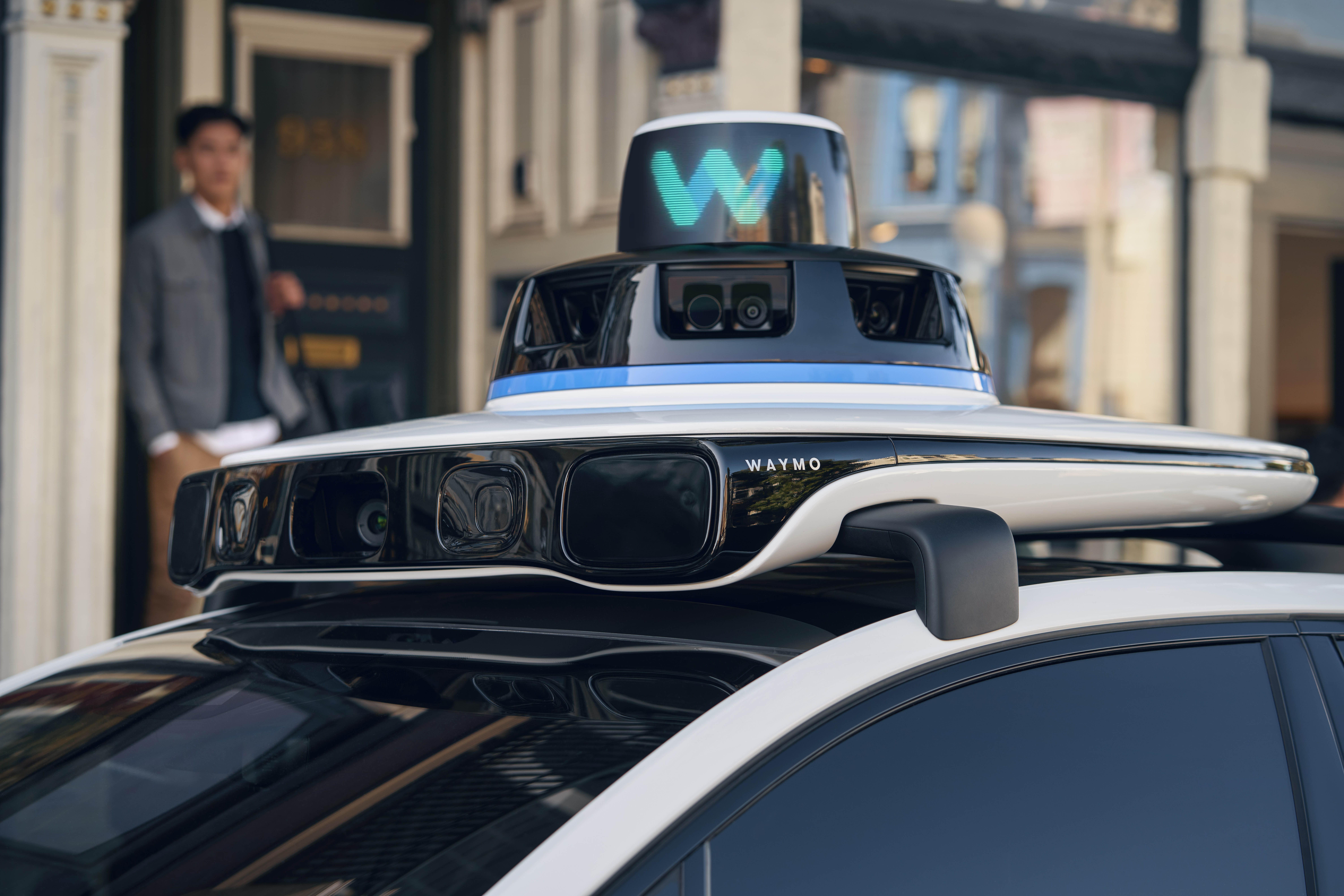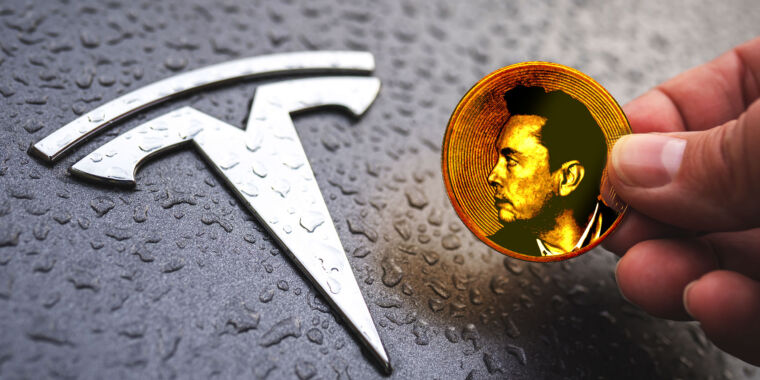Mazda
Electrification is a big challenge if you’re a small automaker. And Mazda is a small automaker, one that’s in danger of being caught out by a range of inefficient gasoline- and diesel-powered vehicles. But the Japanese company hasn’t given up on electric vehicles, it says. In an interview with Auto News, Mazda CEO Masahiro Moro says the company will be an “intentional follower” in this space and that questionable demand for EVs justifies this strategy.
“One of the big issues for us is demand is uncertain,” Moro said. “In the current market, the reality for electrification, in particular for battery EVs, is the pace is not that high. So we may start a little slower in terms of the ramp-up. Not necessarily in terms of timing, but the ramp-up.”
In time, we should see a family of new Mazda-designed EVs built on a new platform. But the division that has to design them, called e-Mazda, was only created in November. Moro told Auto News that the division will focus on making EVs lighter and more affordable but won’t develop compact or smaller EVs as the cost of batteries makes them unprofitable.
Moro said that e-Mazda’s first EV should appear between 2025 and 2027, and production will take place in Japan, with US production possible in 2028 to make its cars eligible for the clean vehicle tax credit.
To pay for the cost of developing a new EV platform, Mazda will rely on much more of Toyota’s technology. From 2026, Mazda says it will use “almost wholesale” electronics and software from Toyota, saving the cost of developing those itself. According to Moro, “teaming with Toyota saves Mazda 70 percent to 80 percent of the total investment costs of going it alone.” (Similar arrangements in the industry include Mitsubishi using Nissan systems, and Lotus making use of Volvo’s parts bin.)
“There are many things an individual company can’t do alone,” Moro said. “In the past, we might have said this is a competitive area. But now, it is a collaborative area.”
In the meantime, expect many more hybrid Mazdas, especially here in the US. Half of all sales of the recently introduced CX-90 have been for the plug-in hybrid variant in North America, and there is a plug-in hybrid variant of the smaller CX-50 in the works, which will be built in Alabama and use a Toyota hybrid system. Next year should also see a CX-70 slot into the gap between those two models, with a plug-in variant as well.
“Between now and 2030 is the dawn period of electrification—we have to go over this bumpy ride,” he said. “We just have to deal with the consumer’s needs and wants. Right now, the customer is looking for alternative solutions—other than battery EVs.”




